Knowing how to produce high quality satin paint is a very rewarding and profitable venture to consider especially if you are interested in the paint production industry.
Satin paints are highly sought-after by corporate individuals for office needs while home builders prefer satin a whole lot.
I can tell you for sure that it is the paint for the high-class paint users.
In this comprehensive article, I will take you through the process of producing and identifying high quality satin paint with ease.
I will also expose you to all the chemical requirements, accurate measurements, and step-by-step instructions to ensure you are equipped with the right knowledge to produce durable paint.
But, before we proceed!
What exactly is Satin Paint?
Satin paint is a type of water based paint.
It is also known as WASHABLE PAINT because you can clean or wash the surface painted with SATIN PAINT when it is dirty.
The paint is known for its soft sheen that reflects light, and also offers a smooth and beautiful look on your surfaces.
Satin paint finishes are highly durable, easy to clean and are highly recommended for your interior decoration.
These features make them a popular choice for high-traffic areas in houses such as kitchens, bathrooms etc.
So now,
What Are The Chemical Requirements For The Production of High Quality Satin Paint?
Before we go into the production process proper, I think it is important you understand the chemical components that are involved in satin paint production.
The main ingredients that are required for the production are as follows:
- Binders (You can also call them – Resins).
The binder is the major component of the paint that holds the pigment particles together.
They serve as the gum in the paint that provides adhesion to the painted surface.
For example, Acrylic.
In satin paint production, acrylic or alkyd resins are commonly used.
If you are a painter, you will notice that you need to apply more pressure to wash off satin paint from your body, that’s the effect of the binders.
- Pigments. (We call them colorants too).
Pigments on the other hand provide color and opacity to your paint.
We have various types of pigments, like the paste which comes in liquid form and we also have the oxide which comes in powder form.
For example, the widely used white pigment is Titanium Dioxide and Aluminum Silicate.
This is generally referred to as the white pigments.
- Solvents.
Solvents are used to dissolve the binder and adjust the viscosity of your paint.
For example, Water.
Water is the solvent used for water-based paint, while mineral spirits or turpentine are used for oil-based paint.
- Additives.
Additives are chemicals included to improve the performance of your paint.
Some commonly used additives include.
- Defoamers.
This chemical helps to prevent the formation of foam during your production.
- Thickeners.
This serves as the thickening agent in your paint.
It provides viscosity or thickness to your paint.
- Preservatives.
This chemical helps to prevent the growth of mold and bacteria in the paint after production.
Most especially, when you are not producing for immediate use.
- Fillers.
Fillers are the main body of the paint.
Calcium carbonate or silica are examples, they are used to improve the paint’s texture and reduce the cost by extending the volume.
Some Vital Points to note When Producing Satin Paint.
1. Satin paint production does not require a single drop of Calcium Carbonate, as it will alter the quality and washability feature.
Instead, Titanium Dioxide/ Aluminium Silicate acts as the Calcium, and a high quantity of Titan is used to produce Silk paint.
2. In producing Satin paint, you do not need Kaolin or any type of paint builder/extender.
3. Satin paint production requires a very high amount of Acrylic which enhances its shine on its applied surfaces.
4. Its production requires a very high stirring to enable the high quantity of titanium dioxide to blend very well.
5. Proper mixing is required during its production, you must ensure your mixing is in top gear to ensure you have a smooth finish when it’s applied.
I usually don’t advise you to produce satin paint manually, but if you must, you must ensure you stir the paint continuously until you start seeing the glossiness of the titan you are mixing.
6. Ensure your color oxide mixes very well before you add any other chemical.
With all that being said, let’s dive right into the production process properly.
The Step-by-Step Guide for Producing Satin Paint
Before starting the production process, ensure that your work area is clean and free from contaminants.
Dust and dirt can affect the quality of the paint.
Gather all necessary materials and equipment, including mixing tanks, measuring tools, and protective gear.
To ensure quality control in the satin paint production.
For the production of 1 bucket (20ltrs) of satin paint, the following quantity of raw materials is needed.
Water = 6 liters
TiO2 = 8kg
Aluminum silicate = 1kg
Biocide/Formalin – 100cl
Calgon – 100g
Deformer or Kerosene = 1 liters
Genniple = 2 liters
DOP = 25cl
Texanol- 250cl
Hydrocellulose ether- 100g
PVA = 10kg
Ammonia- 100cl
PROCESS OF SATIN PAINT PRODUCTION
Step 1 – Pour your clean water into an empty tank.
Step 2 – Add your Calgon
Step 3 – Put your electronic motor on, with its shaft deep into the tank for agitation and grinding.
Empty the sac of titanium dioxide into the solution.
(Allow to grind for 30-45 mins, until a fine solvent is obtained) add Aluminum silicate.
Step 4 – Add your Polyvinyl Acrylic (PVA) and stir well.
Step 5 – Introduction of additives is employed at this stage ( add your color pigments if a specific color is required apart from white.
Add your genniple for spreading, Texanol for shining, and defoamer for foaming control.)
Step 6 – Your measured quantity of hydro cellulose ether (thickener) will need to be mixed with water before pouring to thicken the mixture.
Step 7 – Finally, add flow agents to improve the application properties of the paint. This will help the paint spread evenly on surfaces.
Lastly – Add your preservatives, (ammonia) and stir well to ensure that the mixture is thoroughly blended and that no lumps or inconsistencies remain.
Step 8 – Filtration
Filter the paint to remove any impurities or undispersed particles, the paint should be filtered before packaging or use.
Quality Testing
Before you package or start using the finished produced paint, as a professional painter with over a decade of experience, I advise you to test it first.
This is very important!
It’s very essential to conduct quality testing before use, to ensure that it meets the desired standards to prevent stories that touches the heart.
- Check for Color Consistency.
Apply a small amount of paint to a test surface to check for color consistency. The color should be even and match the intended shade.
- Check for Viscosity.
Use a viscometer to measure the viscosity of the paint. Adjust if necessary.
- Also Check for Coverage.
Test the paint’s coverage by applying it to a surface. Ensure that it provides good coverage with minimal coats.
- Finally, Check for Durability.
Conduct a durability test by allowing the paint to dry and then subjecting it to abrasion or cleaning. The paint should adhere well and resist damage.
Once the paint has passed all quality tests,
CONGRATULATIONS!
Your high quality satin paint is ready for packaging or use.
Conclusion
Producing a high quality satin paint is a meticulous process that requires careful attention to detail and precise measurements.
If you skip any stage, you may end up messing the whole process.
So, by following this step-by-step guide I shared, you can produce high-quality satin paint that meets industry standards and satisfies customer expectations.
Whether you are producing the paint for your personal use, or on a small scale or for commercial purposes, this guide provides you with the foundation needed to succeed in the paint production industry.
With the right ingredients, equipment, and techniques, trust me! you can create a durable and beautiful satin paint that will enhance and beautify any space.
I hope you found this helpful.






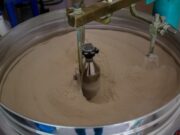
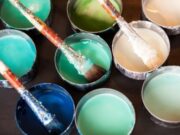
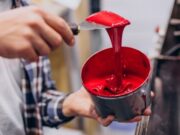

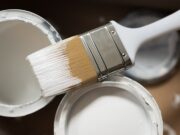
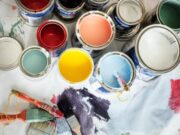
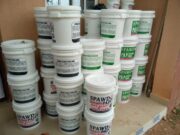


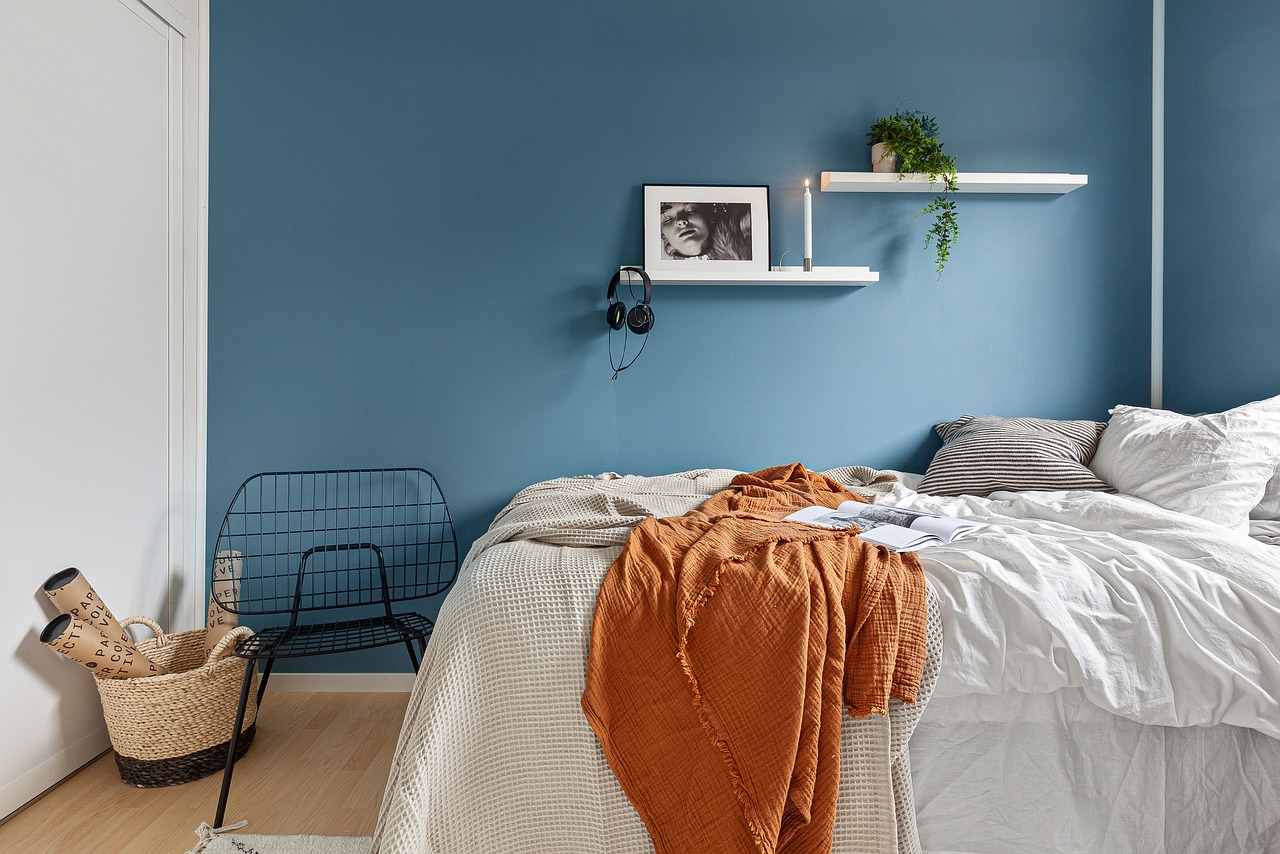

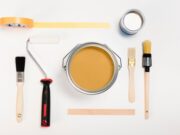

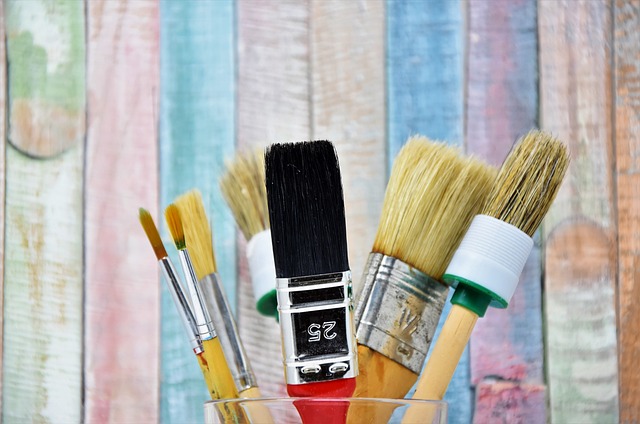




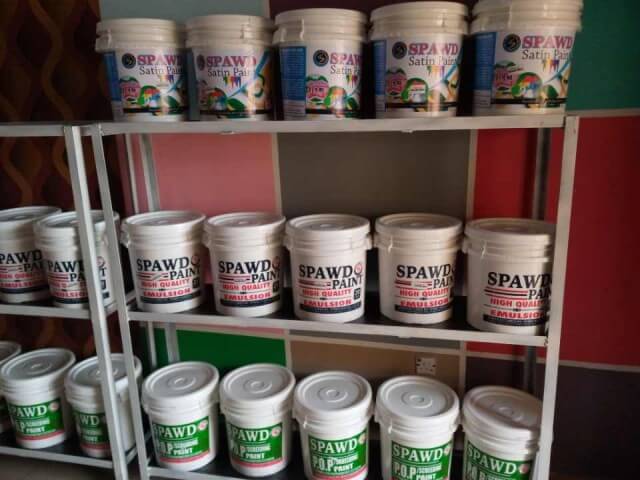
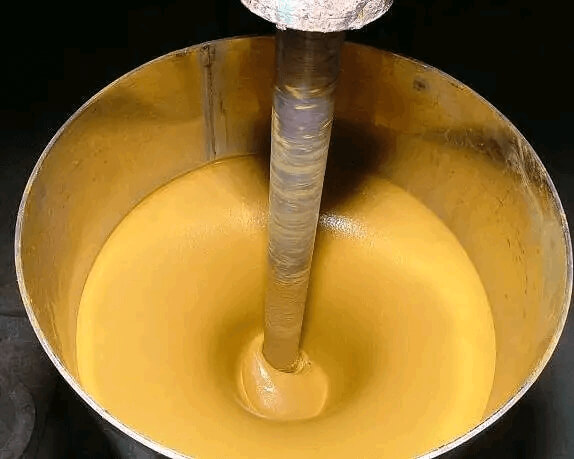






I was so amazing to have this here, I we try my best to follow all this steps so I can become a professional like you sir/ma.
Glad you find it amazing, trust when you follow the steps highlighted you will make your self a very high quality satin paint. enjoy!